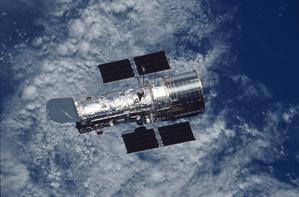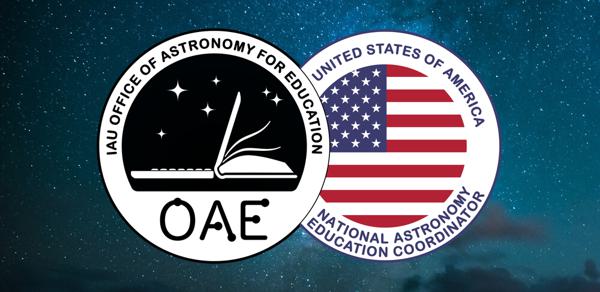Glossary term: 太空望远镜
Description: 来自太空的电磁辐射必须先穿过地球大气层,才能被地面望远镜收集到。而伽马射线、X 射线、紫外线和某些波段的红外线辐射会被大气层完全过滤掉。为了观测它们,天文学家使用太空望远镜,有时也称作太空观测站:这些自动运行的卫星位于大气层之上,携带望远镜和仪器,将航天器定向到特定目标、接收指令并将数据传回地球。正如星星的闪烁现象所显示的那样,穿过大气层的光线会在这一过程中受到干扰。而在这方面,太空望远镜也能提供帮助。然而,太空望远镜很难维修。大多数太空望远镜要么在地球轨道上(如哈勃太空望远镜),要么在所谓的拉格朗日点 L2 上(如詹姆斯-韦伯太空望远镜)。
Related Terms:
See this term in other languages
Term and definition status: The original definition of this term in English have been approved by a research astronomer and a teacher The translation of this term and its definition is still awaiting approval
The OAE Multilingual Glossary is a project of the IAU Office of Astronomy for Education (OAE) in collaboration with the IAU Office of Astronomy Outreach (OAO). The terms and definitions were chosen, written and reviewed by a collective effort from the OAE, the OAE Centers and Nodes, the OAE National Astronomy Education Coordinators (NAECs) and other volunteers. You can find a full list of credits here. All glossary terms and their definitions are released under a Creative Commons CC BY-4.0 license and should be credited to "IAU OAE".
If you notice a factual or translation error in this glossary term or definition then please get in touch.
Related Media
哈勃太空望远镜俯瞰地球
Credit: 美国宇航局/欧空局 credit link
License: CC-BY-4.0 Creative Commons 署名 4.0 国际 (CC BY 4.0) icons









